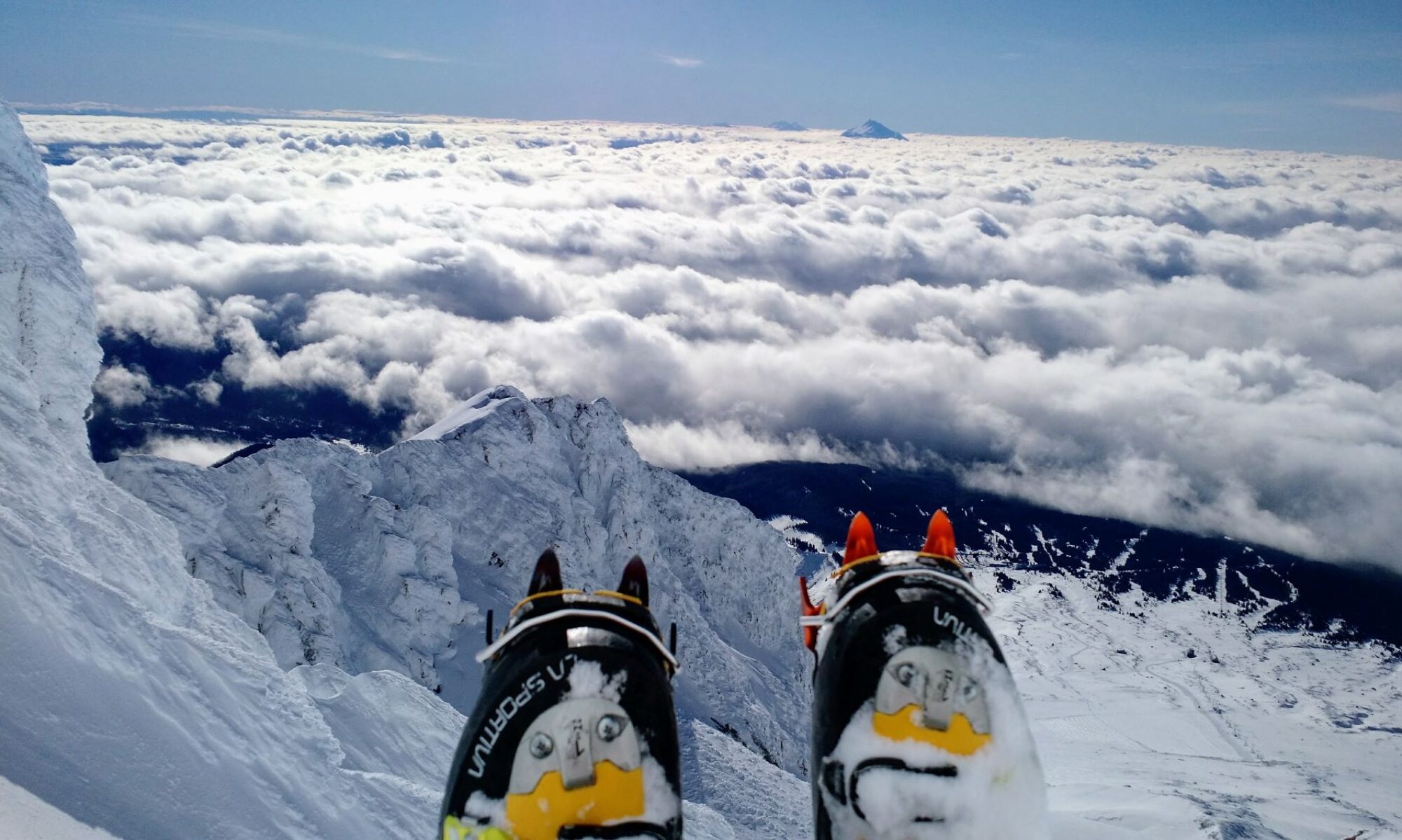 by Mathew Brock, Library & Historical Collections Manager
by Mathew Brock, Library & Historical Collections Manager
The climbing community lost a guiding light when Royal Robbins passed away on March 15 at the age of 82. Mr. Robbins’ accomplishments as a rock climber, author, teacher, entrepreneur, environmentalist, and adventurer are legendary.
Early in the 1960s, he led the way for generations of climbers by advocating for a minimal use of bolts on climbs. In 1967—five years before the clean climbing movement of 1972—he imported and introduced the British idea of using nuts over pitons. This not only minimized the impact on rock faces, but opened climbers’ minds to using all of the rock’s natural features.
Considered one of the most influential climbers of the 20th century, Robbins mastered record-breaking ascents around the world. In the 1950s and 1960s, his legendary ascents on El Capitan made him world renowned and put Yosemite on the map as the climbing capital of America. He was not content to limit his climbing to the sunny confines of Southern California and Yosemite. He carried the Yosemite philosophy of ground-up non-siege climbing to the Alpine world with such climbs as the 1962 climb of the American Direct on the Aiguille du Dru in Chamonix, the 1963 Robbins Route on Mount Proboscis in the Logan Mountains of NWT, Canada, and 1969 ascents in the Kichatna Spires in Alaska.
Robbins wrote two pioneering books on climbing, Basic Rockcraft and Advanced Rockcraft. These two practical guides covered all the fundamentals of technical rock climbing. Looking more like a college professor, with his crew cut and horn-rimmed glasses, Robbins became rock climbing’s conscience. His writing reflected his no-nonsense approach to climbing that embraced holistic climbing and respect of the natural environment while disdaining the conventional conquering of mountains with pitons and bolts.
In 1957 Robbins, along with Jerry Galwas and Mike Sherrick, made the first ascent of the northwest face of Half Dome. Three years later, in 1960, he and a partner climbed the Nose of El Capitan as a continuous climb. His first ascent of the Salathe route of El Capitan made with Tom Frost and Chuck Pratt was his proudest accomplishment. Robbin’s efforts and those of his contemporaries helped usher in the golden age of climbing in the Yosemite Valley.
At the height of his climbing career, the Mazamas were fortunate to have Mr. Robbins as the guest speaker at the 1964 Annual Banquet. That year’s October Bulletin states, “With his excellent collection of slides, his sense of humor and unimpeachable climbing background Royal promises to be one of the most outstanding speakers at any Mazama banquet in years.” By all accounts, his presentation entitled, “High Rock Adventure” was very popular with members and the event sold out. Mr. Robbins returned forty-two years later and headlined the 2006 Mazama Annual Banquet.
In 1968 Robbins and his wife, Liz, launched Mountain Paraphernalia that sold casual climbing clothing and equipment. The company later became Royal Robbins. After his climbing career, Mr. Robbins turned to kayaking, earning renown for several first descents. Later in his life, Robbins published a three-part autobiography. To Be Brave, published in 2009, covers his birth, early years growing up in West Virginia and Los Angeles, and his introduction to climbing. Fail Falling, followed a year later in 2010, recounts the years between 1950 and 1957 and his climbs in California. Volume three, The Golden Age, 2012, covers his personal life, years in the Army, and the early ascents of El Capitan.
As a pioneering rock climber, Royal Robbins challenged the existing standards of the day and helped introduce all new climbing skills and levels of difficulty. Starting in the 1950s, Robbins established numerous new routes, many of them now revered classics on Yosemite’s Half Dome and El Capitan. He had great respect for the current generation of free climbers, and lived long enough to see the routes that took him days now done in hours.

























